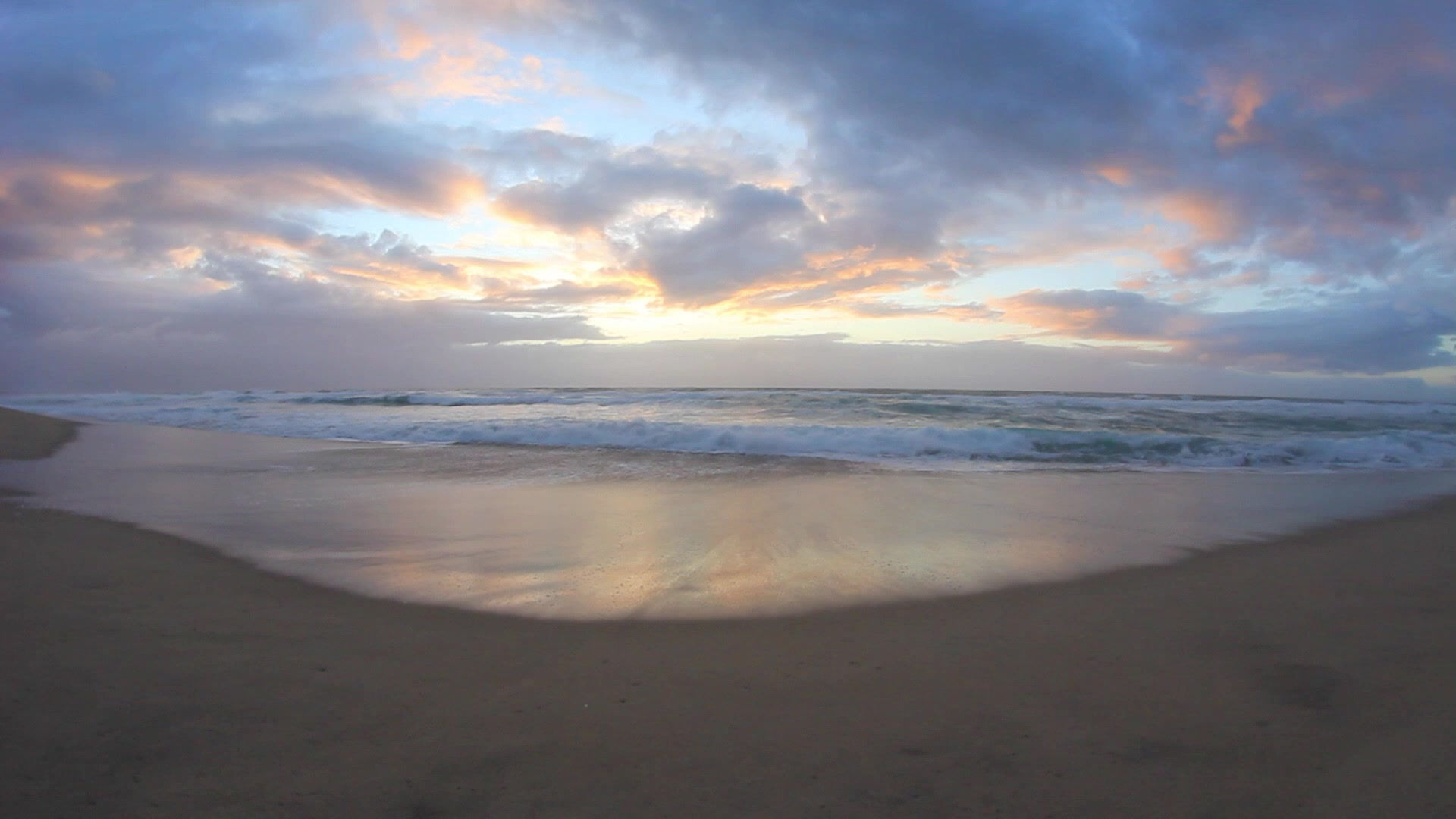WDR BIG BAND, Bluegrass
- Jonathan Widran
- Apr 5
- 2 min read
Since the German powerhouse WDR Big Band began recording its own albums and collaborating with jazz greats in the early 80s, they’ve covered the stylistic gamut from Ellington, Arabic and Afro-Cuban music to Kurt Weill, Gershwin and Jimi Hendrix. Under the leadership of chief conductor Bob Mintzer – now closing in on his first decade in the role – WDR tackles another fascinating frontier, fusing two classic American art forms on an alternately plucky/jubilant/freewheeling and lush/soulful/lyrical, perfectly titled nine track album Bluegrass.

As Mintzer and guest genre virtuosos Mike Marshall (mandolin, guitar) and Darol Anger (violin) artfully converse, swing and sway on the rhythmically charged set, their unique and dynamic interactions will likely prompt curious listeners to explore the time and geographical origins of these seemingly disparate styles and contemplate their parallel paths.
Evolving out of New Orleans jazz, jazz orchestras date back to the early jazz of the 1920s. Greats like Ellington, Fletcher Henderson and Paul Whiteman adopted the name jazz orchestra. Bluegrass, meanwhile, popped out of the rural south (southern Appalachia) after WWII, but its roots date back to the 30s. The genre was named after Bill Monroe’s band The Blue Grass Boys who began performing in the 1940s.
While the energy and emotional heft of WDR’s project makes us feel these classic art forms should have met much sooner, we can all be grateful that Mintzer and Co. have taken their vision and executed it so powerfully. The true heart of Bluegrass finds them engaging in compelling back to back arrangements of two traditional pieces, a rousing medley of “Elzic’s Farewell/Yew Piney Mountain” (featuring solos by saxophonist Johan Horlen and trumpeter Ruud Breuls) and the dreamy laid back ballad “Down in the Willow Garden,” a magnificent showcase for Anger’s melody-carrying violin.
Complementing these are four wildly adventurous romps penned by Marshall (“Slip and Slide,” “In the Lion’s Den,” “Dexter” and “Borealis”), two homespun gems by Anger (including “Emy in the Woods,” buoyed by an extended EWI solo by Mintzer) and one by Mintzer himself (“Green Lawn”) that cheerfullly captures all the charm and whimsy of both art forms at once.







Comments